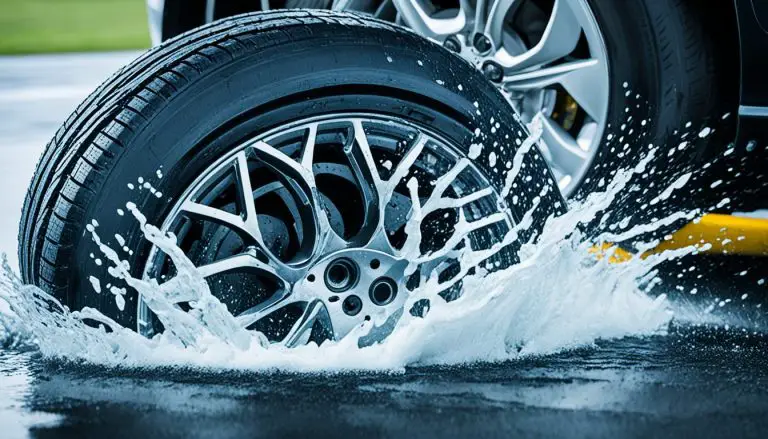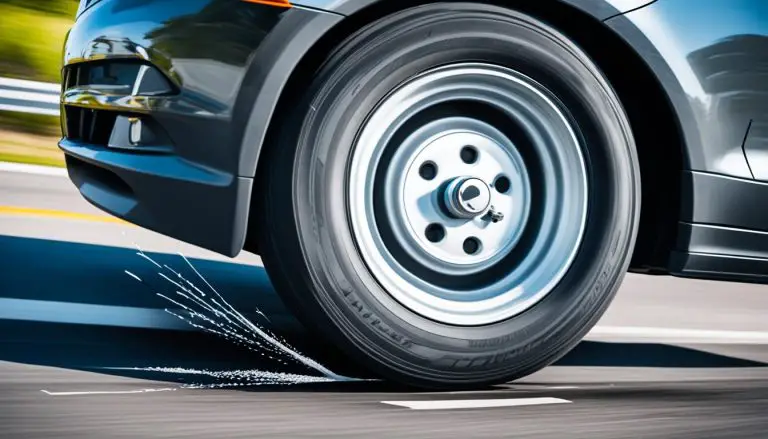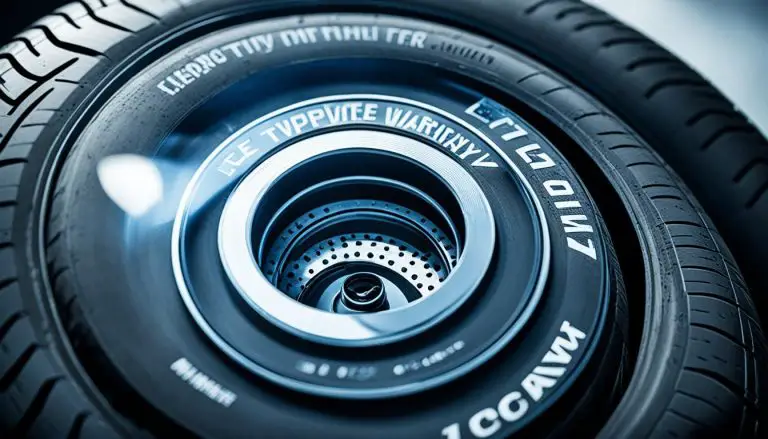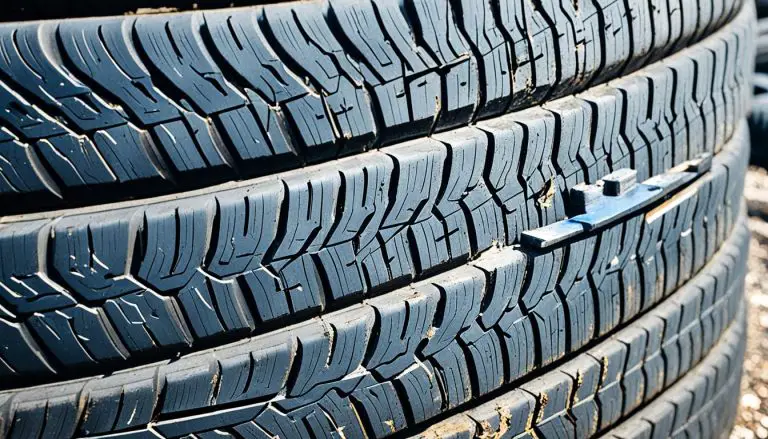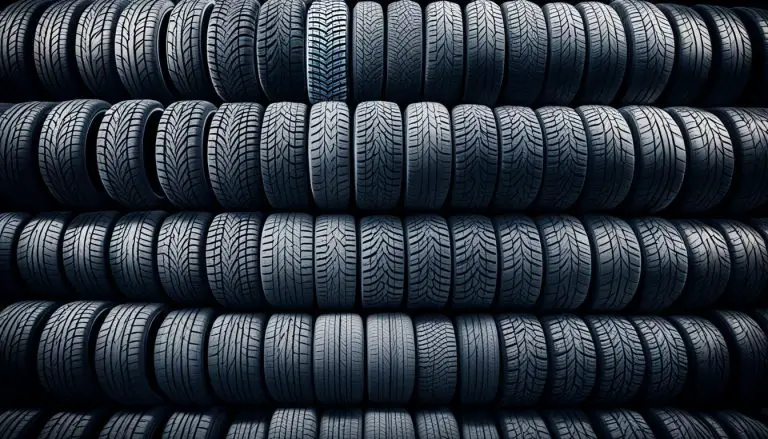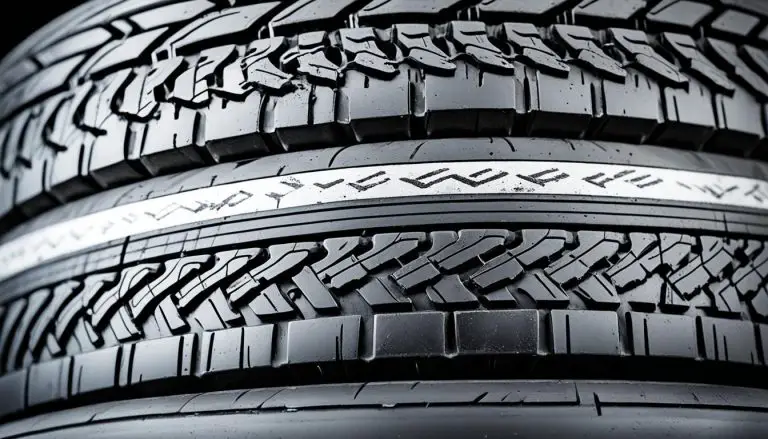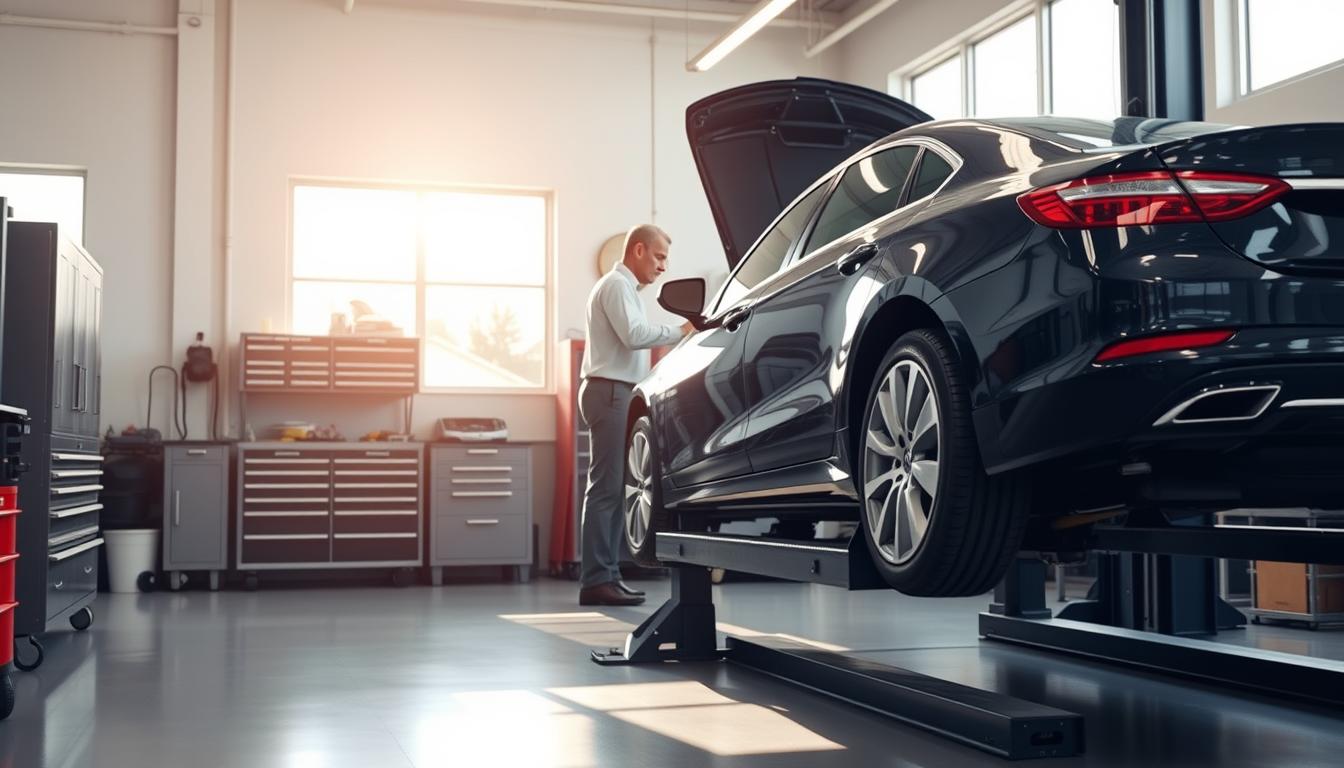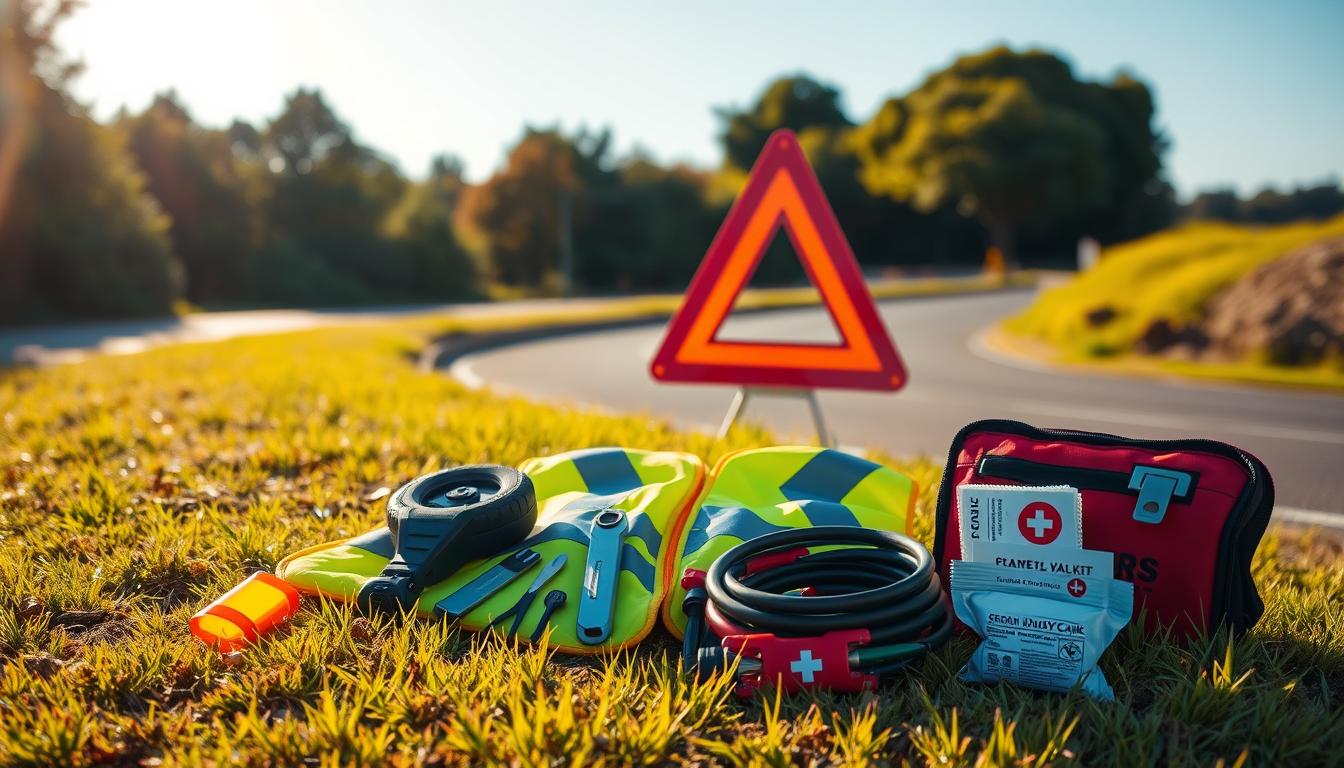Discover the ultimate tire inflation guide for optimal performance and safety. Learn proper pressure, maintenance tips, and...
Blog
Discover essential tire storage suggestions to protect your investment. Learn how to properly store tires and extend...
Discover how tire performance testing ensures your safety on the road. Learn about evaluation methods and key...
Discover expert tire longevity tips to maximize your tires' lifespan. Learn simple maintenance tricks and driving habits...
Unleash your car's potential with performance exhaust systems. Boost horsepower, enhance sound, and improve fuel efficiency. Upgrade...
Discover the ins and outs of tire warranty coverage to protect your investment. Learn about options, benefits,...
Discover essential tire replacement criteria to ensure your safety on the road. Learn when it's time for...
Discover the perfect tires for your vehicle with our comprehensive tire buying guide. Learn about sizes, types,...
Discover the world of customized car upgrades to transform your vehicle. Enhance performance, style, and comfort with...
Keep your car safe and running smoothly with our comprehensive tire maintenance checklist. Learn essential tips for...


